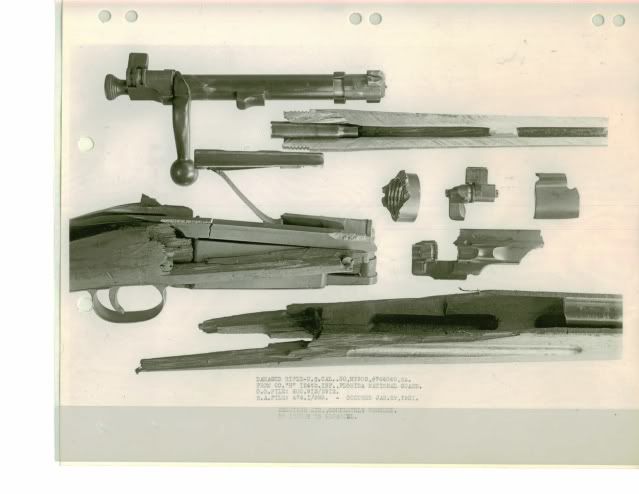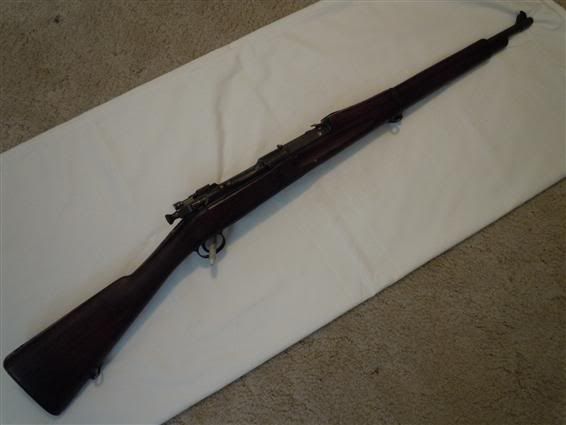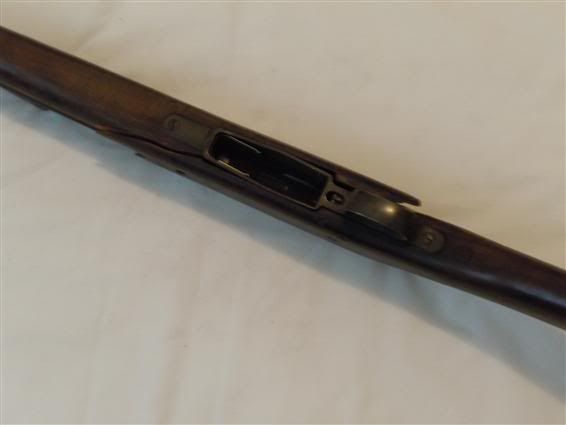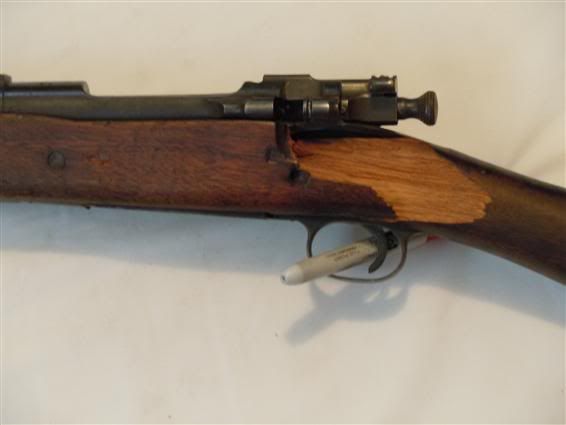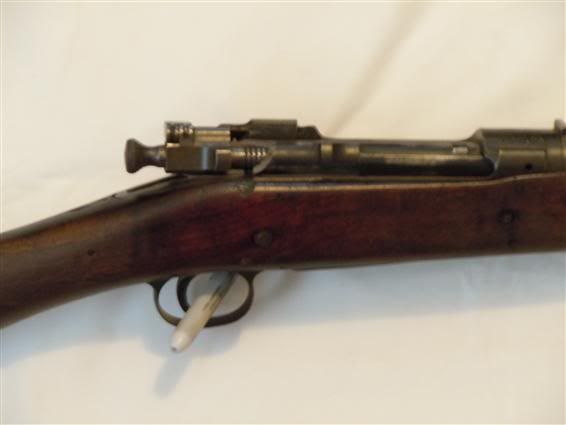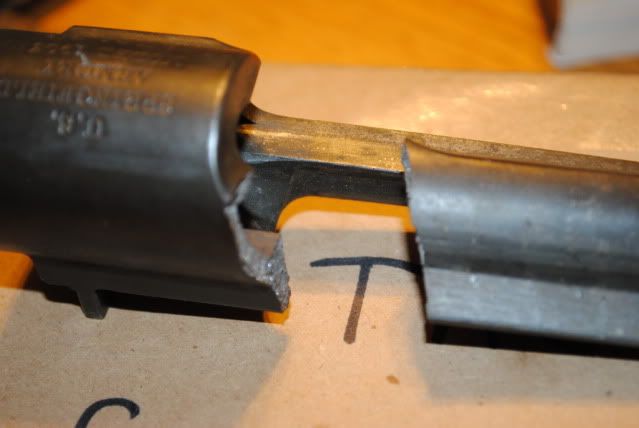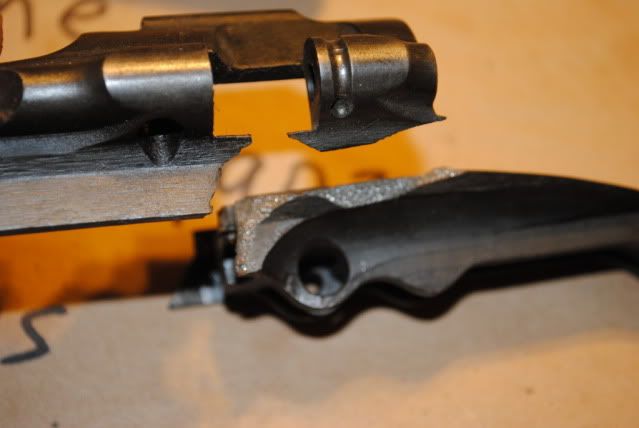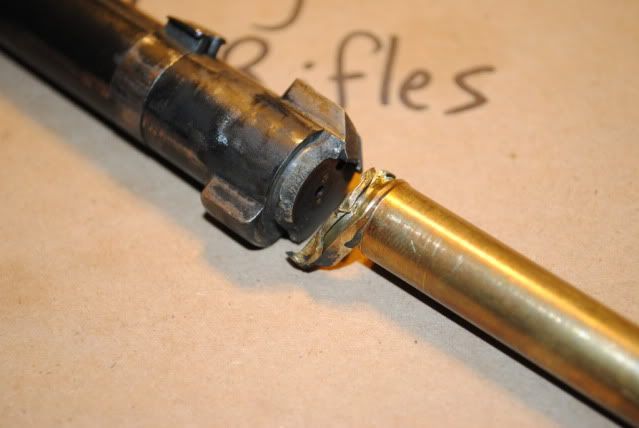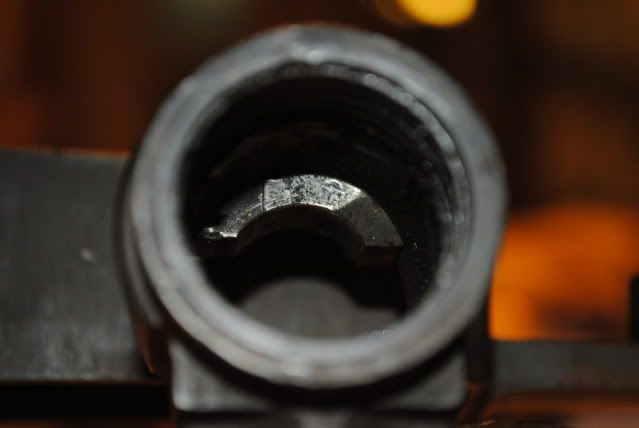If NASA calls and offers me a ride on the Space shuttle I will take it.
(Yeah I might not make it back but it would be a hell of a ride)
You will have to take a number and unfortunately, there are a lot of people in that line. About 4000 applicants for 20 jobs, every 2 years. The credentials are also high.
http://www.nasa.gov/centers/kennedy/about/information/astronaut_faq.html I am too old and don’t have the 1000 hours of flying time But if I could, I would be there next to you, hooting and hollering as the earth got small.

A comment on the failure statistics:
The Daffy Doc’s statistics are based on Hatcher’s Notebook which is not an all inclusive list of all 03 failures. Hatcher’s list starts 1917 and ends 1929. There are known failures after.
I also disagree with Daffy Doc’s risk percentages. His percentages are based on the total number of rifles built, not the rifles in use. There were about one million of these rifles built, but post WW1, there were never one million at service at any time. By the time you get to 1922 Congress authorized only 136,000 Officer’s and enlisted in the Regular Army. I could guess how many rifles were in service with an Army that small, and it sure would not be one million. Lets say, as a ridiculous example, that their were four rifles in use and the remaining one million in storage. Let also say that one of the four blew up. Daffy Doc’s analysis would tell give you the risk as one in a million. But for those rifles in use, it would be 25%.
Daffy Doc’s analysis also does not take into account the destruction of single heat treat receivers. As rifle came into depot, the Army scrapped these receivers. Which means it is inappropriate to calculate a risk percent based on total population.
I am certain there are no databases extent which would allow the calculation of risk based on active duty rifles, but the Army had seen enough accidents and decided to take a course of action which would remove single heat treat receivers from the inventory.
Daffy Doc also says:
No receiver failures were reported in the training period before the battles, and during the four major battles that occurred in the seven month period in 1942-43. While it's not possible to estimate the exact number of rifles involved, up to 7,000 would have been in use by the three rifle regiments of the 1st Marine Division, Based on the failure rates of 1917-1918 between one and two rifle receivers would have been expected to fail.
Daffy Doc could not find any failure reports and is making the conclusion that proves that no receivers failed. I disagree with his conclusion. The absence of records indicate the absence of records. That does not mean that there were never were records: there could have been. There are buildings full of records that the US Army and Marine Corp have right now which Daffy Doc will never see. Incidentally, the lack of records might also be due to there was a shooting war going on. Even the military prioritizes. How high a priority would there be to create rifle failure reports in a war time expansion? About zero. If a rifle broke, something threw it in a scrap bin and got busy filling out paper work for the real important things. Like the Guadalcanal invasion.
No. My essential theme was, as noted, to ask for more care in presenting ideas for "proof" - the best "proof" is in the history of the single heat treat receivers - not in pictures or comments about rebar, and to ask the question "what is your risk tolerance
I see what you are saying. And for me, I don't want to be behind one of these things.
The basic problem, one that goes around and around, is that there is not a non destructive way to tell if a single heat treat receiver is good or bad. These old receivers also fragment when they fail, good receiver or bad. The M1903 does not handle gas well, you can see the blown out wood chunks, and that will occur single/double/nickel steel. The consequences of being wrong, the potential of serious injury so high, that I do not think it is worth shooting one of these things .
And I have a single heat treat receiver. Just have not decided what to do with it.
